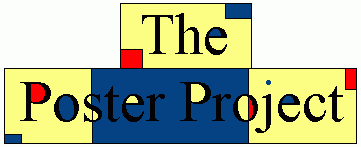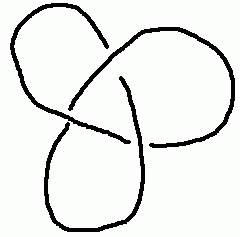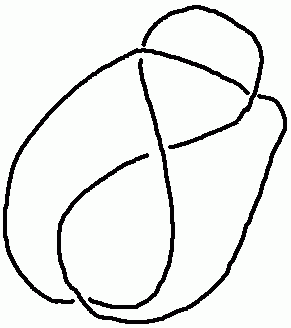
|
|

|
The Definition of a Mathematical KnotThe easiest way to deal with the ends of the piece of string are to get rid of them! And the easiest way to do this is to join them together. The formal definition of a mathematical knot is: a mathematical knot is an object which can be made by embedding a circle in three-dimensional space without tearing.To be honest, this isn't all that formal. What does "without tearing" mean? If you haven't already, you should read the page on topology. We want mathematical knots to be topologically the same as circles. The fancy way of saying this is that there should be two continuous functions (read about functions on the Analysis page), one mapping the knot onto the circle and the other mapping the circle onto the knot, with each function taking one point to exactly one point, and satisfying the property that if we start with one point, apply one of the maps and then apply the other we get back to the point with which we started. Such maps are called homeomorphisms . So the formal definiton of a knot says: a mathematical knot is an object in three-dimensional space which is homeomorphic to a circle.One thing to bear in mind is that a circle is a two-dimensional shape, so the homeomorphisms we are talking about go between spaces of different dimensions (between three-dimensional space and two-dimensional space). If you're a little unclear on all this dimension talk check out the Squeezing the Phase Space poster. Using this defintion with the simple knot and figure-eight knot (joining the loose ends) gives rise to two of the most famous mathematical knots:
the trefoil knot 
and the clover-leaf knot 

|